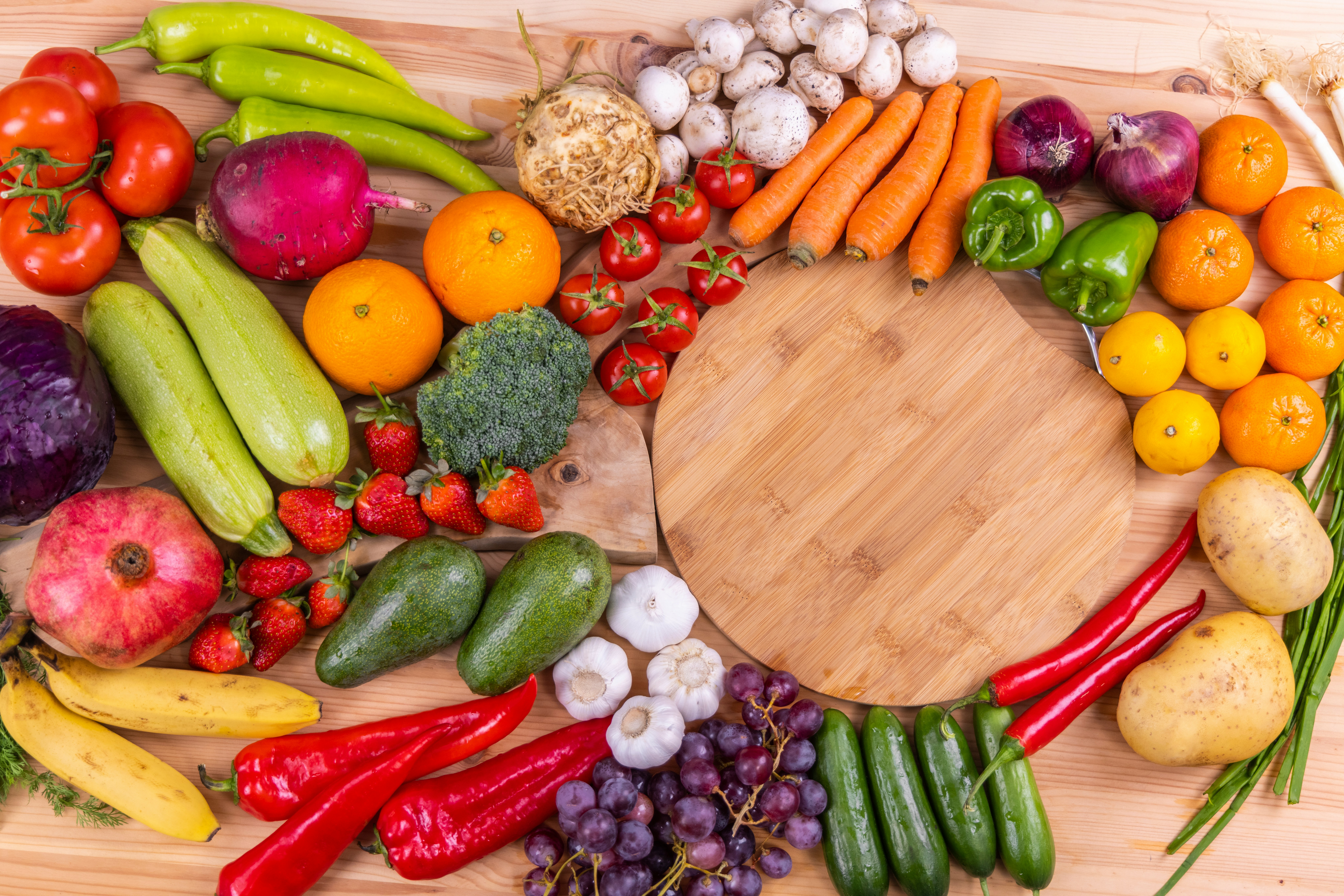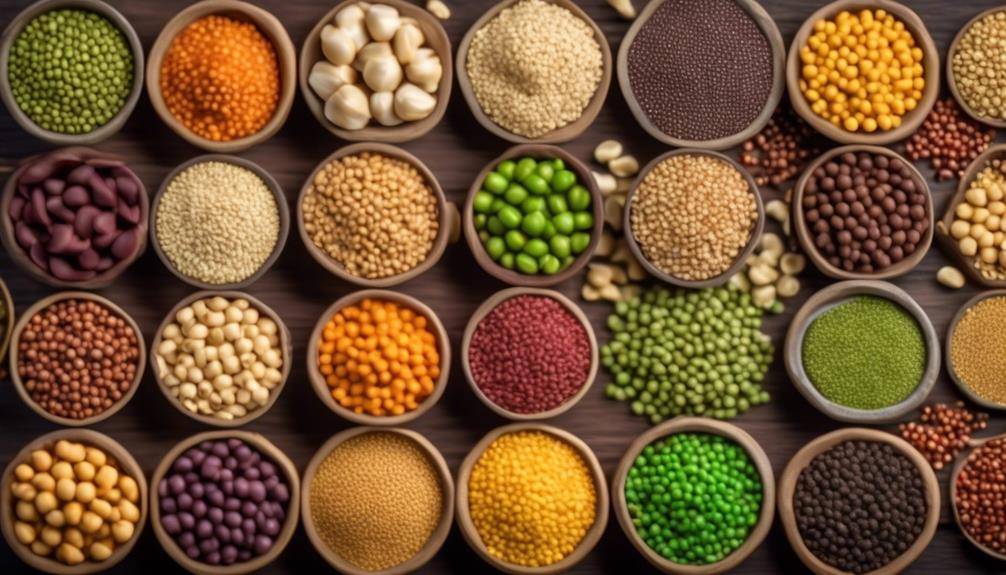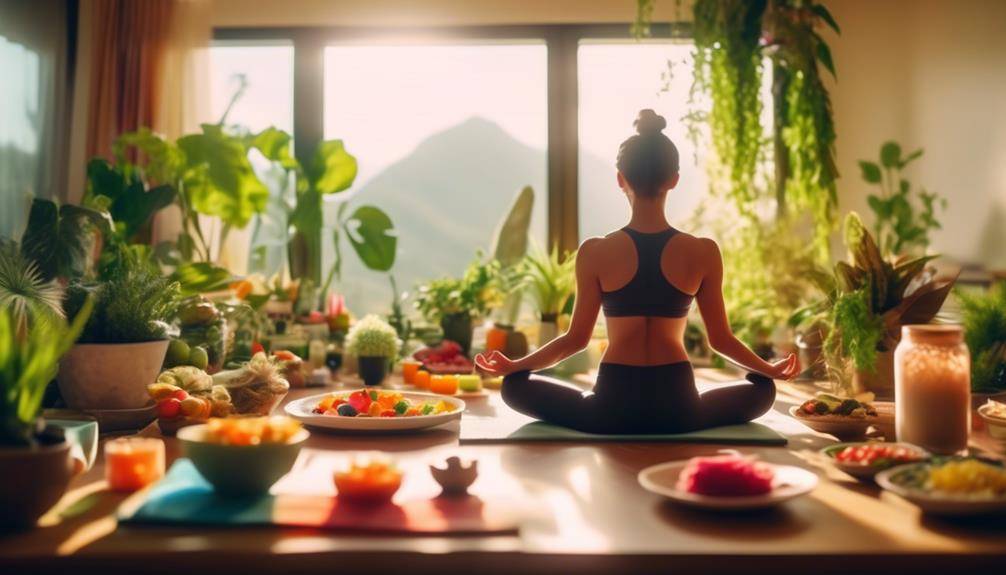How to Start a Vegan Diet

How to Start a Vegan Diet; So, you’ve decided to jump on the vegan bandwagon, huh? Well, good for you. Whether it’s because you’ve watched one too many documentaries or you’re just looking for a dietary change, starting a vegan diet can feel overwhelming at first. But fear not, because in this discussion, we’re going to break it down for you step by step. From understanding the basics of veganism to navigating social situations, we’ve got you covered. So sit tight, because by the end of this, you’ll be well-equipped to embark on your plant-based journey.
Understanding Veganism
Understanding veganism is crucial before embarking on a vegan diet, as it involves a commitment to abstain from consuming any animal products and embracing a plant-based lifestyle. Veganism is not just a dietary choice, but also a philosophy that promotes the ethical treatment of animals. By following a vegan diet, you not only improve your own health but also contribute to animal rights and environmental sustainability.
One key aspect of understanding veganism is recognizing the importance of vegan nutrition. Many people mistakenly believe that a vegan diet lacks essential nutrients, such as protein, iron, and calcium. However, with proper planning and knowledge, it is entirely possible to obtain all the necessary nutrients from plant-based sources. For instance, plant proteins can be found in foods like beans, lentils, tofu, and quinoa. Iron can be obtained from sources like leafy greens, legumes, and fortified cereals. Calcium can be found in plant-based milks, tofu, and fortified orange juice. By ensuring a varied and balanced diet, you can meet your nutritional needs while following a vegan lifestyle.
Another crucial aspect of veganism is the focus on animal rights. Veganism stems from the belief that animals have the right to live free from exploitation and harm. By choosing not to consume animal products, you are actively contributing to the reduction of animal suffering. The meat, dairy, and egg industries are known for their inhumane treatment of animals, including confinement, cruel practices, and premature slaughter. By embracing a plant-based lifestyle, you are making a compassionate choice that aligns with the principles of animal rights.
Transitioning to Plant-Based Foods
Transitioning to a plant-based diet can be a gradual and rewarding process. When it comes to ensuring you get enough protein on a vegan diet, there are plenty of options available. Vegan protein sources include legumes such as lentils, chickpeas, and black beans, as well as tofu, tempeh, and edamame. These plant-based proteins are not only rich in protein but also provide essential nutrients like fiber and iron.
If you’re concerned about giving up your favorite non-vegan foods, fear not! There are vegan substitutes available for many popular non-vegan foods. For example, instead of dairy milk, you can try almond milk, soy milk, or oat milk. These plant-based milk alternatives are fortified with vitamins and minerals, making them a great choice for those transitioning to a vegan diet.
Cheese lovers can find solace in vegan cheese options made from nuts, soy, or tapioca. These alternatives offer a similar taste and texture to traditional cheese without the use of animal products. Likewise, there are vegan options for meat substitutes like tofu, tempeh, and seitan. These plant-based proteins can be seasoned and cooked to mimic the taste and texture of meat, making them a satisfying addition to your meals.
To make your transition to a plant-based diet easier, it can be helpful to gradually incorporate more plant-based foods into your meals. Start by replacing one or two non-vegan meals per week with plant-based alternatives. As you become more comfortable, you can increase the number of vegan meals in your diet.
Transitioning to a plant-based diet is a personal journey, and it’s important to find what works best for you. By exploring vegan protein sources and experimenting with vegan substitutes for non-vegan foods, you can make the transition to a plant-based diet both enjoyable and sustainable.
Building a Vegan Pantry
If you’re ready to fully embrace a vegan lifestyle, one important step is to build a pantry stocked with essential ingredients that will support your plant-based diet. Having a well-stocked vegan pantry will make it easier to create delicious and nutritious meals without relying on animal products. Here are some vegan pantry essentials that you should consider stocking up on:
- Grains: Quinoa, brown rice, oats, and whole wheat pasta are great options to have on hand. They are versatile, budget-friendly, and provide a good source of carbohydrates and fiber.
- Legumes: Beans, lentils, and chickpeas are excellent sources of protein, fiber, and other essential nutrients. They can be used in a variety of dishes, such as soups, stews, and salads.
- Nuts and seeds: Almonds, walnuts, chia seeds, and flaxseeds are rich in healthy fats, protein, and omega-3 fatty acids. They can be enjoyed as snacks or used as toppings for salads, smoothies, or oatmeal.
- Plant-based milk: Stock up on options like almond, soy, or oat milk. These alternatives are great for drinking, cooking, and baking.
- Herbs and spices: Having a variety of herbs and spices on hand will add flavor and depth to your dishes. Some essential options include garlic powder, onion powder, cumin, paprika, and turmeric.
- Condiments: Opt for vegan-friendly options like tamari or soy sauce, nutritional yeast, tahini, and vegan mayonnaise. These condiments can enhance the taste of your meals and add a little extra flair.
Building a vegan pantry doesn’t have to break the bank. Look for budget-friendly options like buying in bulk, choosing store-brand products, and shopping for sales. Remember to check ingredient labels to ensure that the products you are purchasing are vegan-friendly and free from any animal-derived ingredients.
Meal Planning and Preparation
To effectively plan and prepare meals on a vegan diet, it is crucial to have a clear understanding of your nutritional needs and to utilize key strategies for creating balanced and satisfying meals. Meal planning plays a vital role in ensuring that you have all the necessary ingredients on hand and can make healthy choices throughout the week. One of the first steps in meal planning is grocery shopping. Make a list of the fruits, vegetables, whole grains, legumes, and plant-based proteins you need, and stick to it while at the store. This will help you avoid impulse buying and ensure that you have everything you need to create nutritious meals.
When it comes to recipes, there are countless vegan options available online, in cookbooks, and even in mobile apps. Look for recipes that are nutritionally balanced and include a variety of ingredients. This will help you meet your nutritional needs and keep your meals interesting and flavorful. Experiment with different flavors, spices, and cooking techniques to keep things exciting.
To save time during the week, consider batch cooking. Prepare larger quantities of meals and store them in the fridge or freezer for later use. This can be especially helpful on busy days when you don’t have much time to cook. Additionally, consider prepping ingredients in advance. Chop vegetables, cook grains, and soak legumes ahead of time, so they are ready to go when you need them.
Navigating Social Situations and Dining Out
When navigating social situations and dining out on a vegan diet, it’s important to be prepared and proactive in order to ensure you have plenty of options and can enjoy your meals with ease. Here are four practical tips to help you navigate these situations:
- Research vegan-friendly restaurants: Before heading out, take the time to research vegan-friendly restaurants in your area. Many restaurants now offer vegan options or even have dedicated vegan menus. Websites and apps like HappyCow can help you find vegan-friendly restaurants near you. This way, you can suggest these places when dining out with friends or family.
- Communicate your dietary needs: Don’t be afraid to communicate your dietary needs to your host or the restaurant staff. Let them know in advance that you follow a vegan diet, so they can accommodate you accordingly. When attending social gatherings or holiday parties, offer to bring a vegan dish to share. This ensures that you have something to eat and also introduces others to delicious vegan options.
- Plan ahead for holidays: Navigating holidays on a vegan diet can be challenging, but with proper planning, it can be enjoyable. Research vegan holiday recipes and plan your meals in advance. If attending a holiday gathering, offer to bring a vegan main dish or side that everyone can enjoy. This way, you can still partake in the festivities while staying true to your dietary choices.
- Be resourceful: Sometimes, you may find yourself in a situation where vegan options are limited. In these cases, be resourceful and creative with what’s available. Look for dishes that can be easily modified to suit your needs, such as salads or vegetable sides. Don’t be afraid to ask the server or chef for suggestions or modifications to existing dishes.
How to Start a Vegan Diet; Frequently Asked Questions
Are There Any Health Risks Associated With a Vegan Diet?
There are misconceptions and myths surrounding the health risks of a vegan diet. However, research shows that a well-planned vegan diet can provide numerous health benefits, such as lower risk of heart disease and certain types of cancer.
What Are Some Common Nutrient Deficiencies in a Vegan Diet, and How Can They Be Prevented?
To prevent common nutrient deficiencies in a vegan diet, like vitamin B12 and iron deficiencies, you can take supplements or include fortified foods in your diet. Make sure to consult a healthcare professional for personalized advice.
Can You Still Get Enough Protein on a Vegan Diet?
Yes, you can still get enough protein on a vegan diet. There are plenty of vegan protein sources like legumes, tofu, tempeh, and seitan. Just make sure to meet your protein requirements through a variety of plant-based foods.
How Can I Ensure My Children Are Getting All the Necessary Nutrients on a Vegan Diet?
To ensure your children get all necessary nutrients on a vegan diet, focus on a variety of plant-based foods like fruits, vegetables, whole grains, legumes, and nuts. Consult with a registered dietitian for personalized guidance.
Are There Any Vegan Alternatives for Non-Food Items, Such as Clothing or Beauty Products?
If you’re looking for vegan alternatives for non-food items, there are plenty of options available. For clothing, you can find vegan-friendly materials like cotton, linen, and hemp. And for beauty products, there are many cruelty-free and vegan brands to choose from.
Conclusion
In conclusion, starting a vegan diet involves understanding the principles of veganism, transitioning to plant-based foods, building a vegan pantry, and mastering meal planning and preparation. It’s important to navigate social situations and dining out by communicating your dietary preferences and exploring vegan-friendly options. With dedication and proper guidance, adopting a vegan lifestyle can be a fulfilling and sustainable choice that promotes health, animal welfare, and environmental sustainability.








